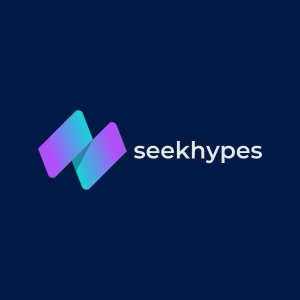In classrooms today, the chalkboard and textbook no longer hold the entire story. The way students learn is shifting—and fast. For K‑12 schools, digital tools and resources are not just extras anymore; they’re foundational. They’re changing how lessons are delivered, how students engage with content, how teachers support learning—and how schools envision what “education” looks like in the 21st century.
When a student picks up a tablet, joins a digital discussion board, or collaborates on a cloud‑based project with peers around the world, the classroom ceases to be just a physical room. It becomes a networked, interactive space where learning knows fewer boundaries. Platforms like Canva for Education empower students and teachers to create, design, and communicate visually, and tools like digital whiteboards or interactive displays reshape how instruction happens.
But the transformation runs deeper than tools. It’s about outcomes—students working at their own pace, using simulation and gamified elements to explore concepts, engaging in collaborations that cross time zones, and receiving feedback that’s immediate and actionable. Digital resources let students explore beyond the textbook: they experiment, retry, iterate.
Teachers, meanwhile, are no longer simply delivering content; they become facilitators, coaches, and creators of learning experiences. When the right technology is in place, they have more time to focus on what matters—connecting with students, differentiating instruction, and guiding inquiry—rather than solely managing worksheets or lectures. And schools are seeing this: the shift to digital is prompting rethinking of physical spaces, instructional design, and even school culture.
Of course, the path is not without its obstacles. Digital equity remains a concern: access to devices, reliable internet, and teacher training vary widely. Schools are wrestling with how to manage the proliferation of tools, ensure student data privacy, and make sure the technology enhances learning rather than distracts from it.
Yet, despite the challenges, the potential is enormous. When digital tools are thoughtfully integrated, classrooms become more inclusive, interactive, personalized, and future‑ready. Students pick up essential skills—not just academic content, but digital fluency, collaboration, creativity, and self‑direction. These are the qualities that will matter far beyond K‑12.
In summary, digital tools and resources are not just adding “technology” to K‑12 education—they’re rewriting the playbook. The question isn’t if schools will use them, but how they will use them to maximize learning, equity, and innovation. And for educators ready to embrace the change, the opportunities are boundless.

